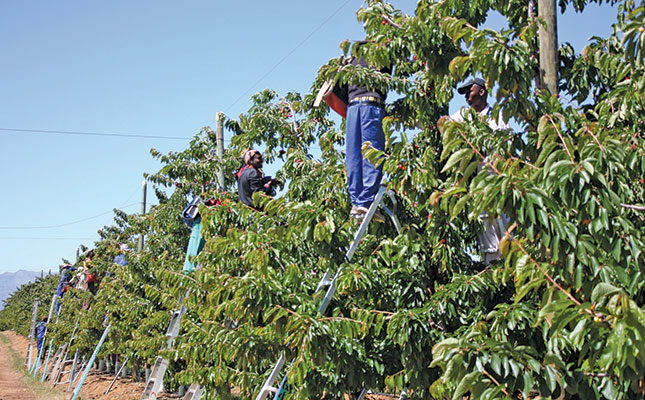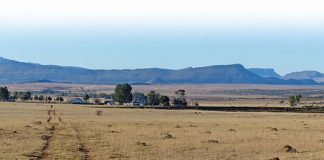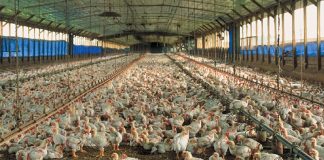
This was according to Agbiz economist Wandile Sihlobo, who said that employment in the sector now stood at 835 000.
Sihlobo added that the bulk of agriculture job losses had been in the horticulture, forestry and aquaculture industries.
Statistics SA released its second-quarter (Q2) labour force survey on 7 August. This revealed that employment had increased in some sectors and decreased in others, with the general unemployment rate remaining unchanged from the first quarter (Q1).
Employment had declined to 16,1 million but a decline in the number of job seekers meant that the unemployment rate had remained unchanged at 27,7%. Employment had declined in six out of ten industries. The largest number of job losses were in construction (110 000), followed by agriculture (40 000).
Employment had declined in six out of ten industries.
The largest number of job losses were in construction (110 000), followed by agriculture (40 000).
Sihlobo said that Q1 job losses in the sector had been 44 000. Thus, total agricultural job losses for the year so far had been 84 000.
He added, however, that the current Q2 statistics reflected the seasonal trend of the last few years. “Last year this time we saw a 5% decline in jobs, the same as this year. And in 2015 we saw a 3% decline.”
However, Q3 historically showed an agriculture employment uptick of between 2% and 7%. “One is hoping that although we are depressed now, we could potentially see a rebound or a reverse of this as we head into the next quarter.”
Looking at the provincial picture for Q2, Sihlobo said that highest number of quarter-on-quarter agri job losses had been in the Northern and Western Cape, at 23% and 16% respectively. KZN recorded a 13% decline and Gauteng 4%.
Provinces that experienced an increase in employment were: Free State (13%), North West (7%), Mpumalanga (7%), Eastern Cape (35) and Limpopo (3%). Sihlobo said that the gains in employment had been due to harvesting across the maize-producing region.
According to Sihlobo, what had happened in the Western Cape was especially significant as the province accounted for 25% of agricultural jobs.
The historic Q3 uptick in employment in the province was also driven by the horticulture industry. “But for the horticulture industry to perform well, the Western Cape has to get the rainfall. In previous years, we saw the rebound because there was no dryness in the Western Cape. They were getting their typical winter rains, but this year they are not,” he said.
He added that the weather service had indicated a chance of above-normal rainfall between August and October, but that nothing had materialised so far.
“We are almost at mid-August but we haven’t seen anything that’s worth lifting a glass of champagne too.”












